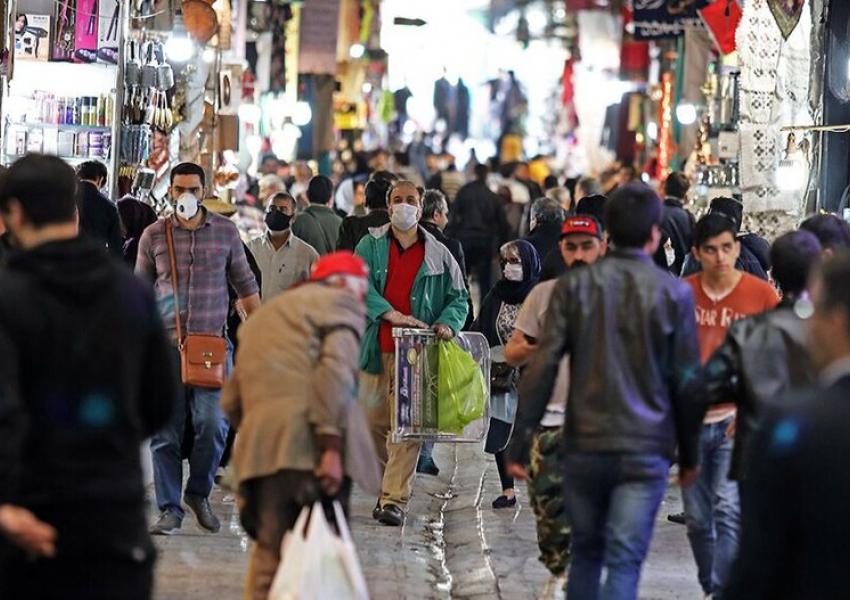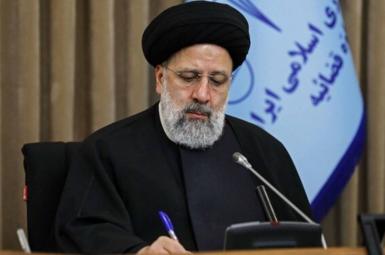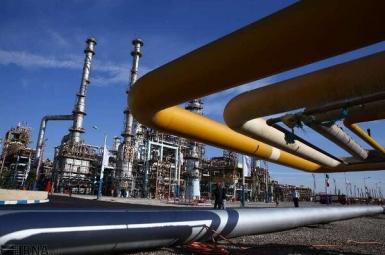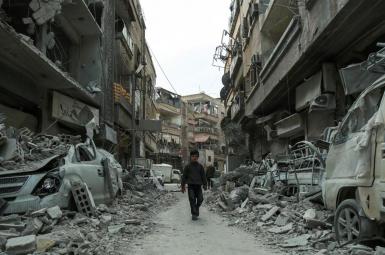
Inequality Rose From 2014 To 2019, Reports Iran’s Statistical Center
Iran faces a rising income gap and increasing poverty despite improved access to education, healthcare, and information technology, the Statistical Center of Iran (SCI) has reported in a five-year survey. According to the report, published on the SCI website, the cost of living for both urban and rural families nearly doubled in the four years from March 21, 2014.
In the summer of 2020, unemployment for those above 18 stood at 16.9 percent in urban areas and 11.5 in rural areas. This was a drop from 19.7 percent and 14.7 percent in 2017, a trend some economists have attributed to increased domestic production replacing imports, which have been curtailed or made more expensive by United States sanctions after 2018 and the falling rial.
It is worth noting that Iran considers those who work at least one hour a week as employed. Without this definition the real unemployment rate is much higher.
The report indicates low economic growth rate – reported by the IMF at -1.5 percent in 2015, 12.5 percent in 2016, 3.7 percent in 2017, -5.4 percent in 2018, and -6.5 percent in 2019 – and adverse income distribution. As measured by the Gini coefficient (index), which compresses data on inequality in income or wealth into a single statistic, inequality rose to 39.9 points in 2019 from 38.5 points in 2015, which puts Iran around the middle rank globally.
Given the official commitment in Iran to fostering equality and what the 1979 Revolution leader Ruhollah Khomeini called the ‘dispossessed’ (mostazafin), evidence of inequality can be politically sensitive and widely resented. Hamshahri newspaper wrote on Monday that the SCI the report offered “a serious warning about the future of the highly politicized Iranian society.”
The report notes that Iran’s population rose from nearly 79 million in 2016 to 83 million in 2019, with both rural and urban families’ desire for fewer children pushing down population growth rate. The average age of marriage for both men and women has risen too.
Supreme Leader Ali Khamenei has repeatedly warned about the drop in population growth rate – now under 1 percent − and spoken of 150 million as the ideal population. On January 16, the Ministry of Health issued an order forbidding the supply of contraceptives in nomadic tribal areas. The ministry has also removed vasectomy and tubectomy procedures from Iran’s health network except in cases of health risks.








